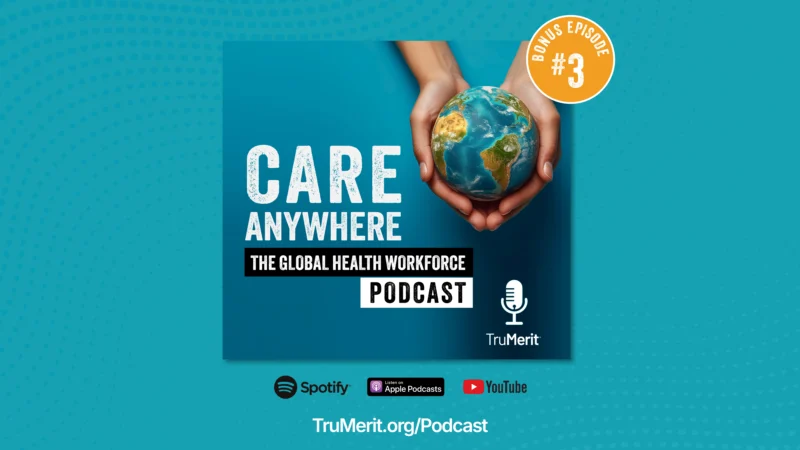Sustaining 2017’s MIPS Success Through 2019
The performance of physicians is measured in several ways, and now they are being rewarded for tangible benchmarks.
The Centers for Medicare and Medicaid Services (CMS) is required by law to implement a quality payment incentive program, referred to as the Quality Payment Program (QPP), which rewards practice value and outcomes. As such, the Merit-based Incentive Payment System (MIPS) was designed to tie payments to quality and cost-efficient care, drive improvement in care processes and health outcomes, increase the use of healthcare information and reduce the cost of care. Program participants must report data collected during the calendar year, beginning January 1st and ending December 31st, with data graded in several areas. Data collected in one year must be reported by March 31st of the following year to be eligible for a payment increase and avoid a payment reduction for the next year.
Success of MIPS in 2017
Recently, the CMS published the Quality Payment Program Reporting Experiencereport. Exceeding CMS’s goal of 90% physician participation, the results found that 95% of 1,057,824 eligible clinicians avoided a negative payment adjustment through the 2017 MIPS, with 93% earning a positive payment adjustment. This data is overwhelmingly promising considering 2017 was the first year CMS ran the QPP, making reporting in MIPS’ inaugural performance year an unequivocal successful.

Why You Need to Report
It is essential that physicians continue to participate and report through 2019, as well as each year going forward. Making MIPS reporting habitual will benefit eligible physicians because as the years go by, both the incentives and penalties related to the process will only increase. The highest payment adjustment applied to participants in the 2019 payment year is 1.88%, according to Revcycle Intelligence. Although reporting may become increasingly difficult going forward, it is crucial that as many eligible participants report through MIPS in order to receive a more substantial payment adjustment. Further, reporting above the recommended threshold will pay immense dividends, not only this year but well into the future. CMS stated that in 2017, most participants did, in fact, report more than the minimum—a very positive sign.
How MIPS Works
To better understand how MIPS scores are calculated, the CMS grades physicians on four core performance categories:
- Quality: This is measured by the quality of care provided to patients by the physician. He or she picks the six measures of performance that best fit their specific practice.
- Promoting Interoperability: This area assesses the amount of comprehensive and relevant information shared by one clinic with another, including test results and/or summaries.
- Improvement Activities: This category measures enhancements made to the type of care provided, internal processes or other internal operations throughout a calendar year that keeps a practice current with and or surpasses industry standards and innovations. Much like the quality score, clinics can choose the appropriate activities to report.
- Cost: The total cost of a typical clinic visit is gauged here and will be calculated based on Medicare claims registered at each specific practice.
Physicians that meaningfully participated in the program, began reporting early in the year and remained motivated in reporting throughout the entire calendar year experienced measurable success

ChartLogic, Invested in Physician Success
At ChartLogic, our mission is to positively impact patient care by delivering award-winning healthcare IT solutions to providers of every size and budget. We offer an ambulatory EHR suite with access to practice management and revenue cycle management services with a system built on understanding workflow and preferences intuitively, facilitating faster note taking and much more. For 25 years, we have been driven by the desire to improve patient care, office efficiency, and profitability for the physician practice. We stay current with technology and legislation that affect our client practices, helping to educate them while encouraging participation in programs that can affect their success. ChartLogic is the physician practice’s true health care partner and we can help your practice become MIPS ready. To learn more about ChartLogic’s vast suite of products and services, you can view our solutions here.









